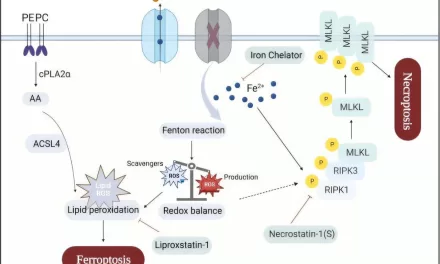As electric vehicles (EVs) become increasingly prevalent, new concerns about their potential health risks have emerged. According to recent research from the University of Miami’s Sylvester Comprehensive Cancer Center, fires involving EVs may expose firefighters, vehicle owners, and community residents to hazardous heavy metals that could elevate cancer risks.
Dr. Alberto Caban-Martinez, deputy director of Sylvester’s Firefighter Cancer Initiative (FCI), emphasized the unique risks posed by EV fires. “While all fires pose exposure risks, EV fires elevate the risk to firefighters, owners, and the nearby community because they are powered by massive batteries containing high concentrations of heavy metals,” he explained in a news release. “Many of these metals are associated with increased cancer risk due to their potential to cause DNA damage, oxidative stress, and genetic alterations.”
Heavy Metals in EV Batteries and Their Cancer Links
EV batteries contain multiple metals with known carcinogenic properties, including:
- Arsenic: Linked to lung, bladder, skin, liver, and kidney cancers
- Cadmium: Associated with lung, prostate, kidney, pancreatic, and breast cancers
- Chromium: Known to cause lung, nasal, and sinus cancers
- Nickel: Connected to lung, nasal, and laryngeal cancers
- Lead: Linked to brain, kidney, stomach, and lung cancers
These findings are particularly concerning given that firefighters already face elevated cancer risks. The National Institute for Occupational Safety and Health (NIOSH) reports that firefighters have a 9% higher risk of developing cancer and a 14% higher risk of dying from cancer than the general population.
New Research on EV Fire Risks
Recognizing the dangers posed by EV fires, Sylvester Comprehensive Cancer Center launched its firefighter cancer program in 2015. The initiative aims to better understand occupational hazards and improve firefighter safety.
As part of their research, scientists conducted a controlled EV fire to monitor air and environmental contamination. Their findings revealed several alarming facts:
- EV battery fires burn at significantly higher temperatures than conventional vehicle fires.
- Exploding EV batteries can launch dangerous projectiles up to 40 feet.
- Extinguishing an EV fire requires up to 30,000 gallons of water, compared to only 750 gallons for a standard car fire.
- The ground around an EV fire site showed increased levels of polycyclic aromatic hydrocarbons (PAHs), which are known carcinogens.
Mitigation and Future Steps
The researchers stress that decontamination efforts following EV fires are critical to minimizing long-term health risks for firefighters and surrounding communities. “If we do our research correctly in line with our mission,” Caban-Martinez noted, “we can reduce the cancer burden for current and future firefighters and the communities they serve.”
For those seeking more information, the National Human Genome Research Institute provides additional details on carcinogens and their health impacts.
Disclaimer: This article is based on research findings and expert opinions. It does not constitute medical or safety advice. Readers are encouraged to consult health and safety professionals for specific concerns related to EV fires and associated risks.












